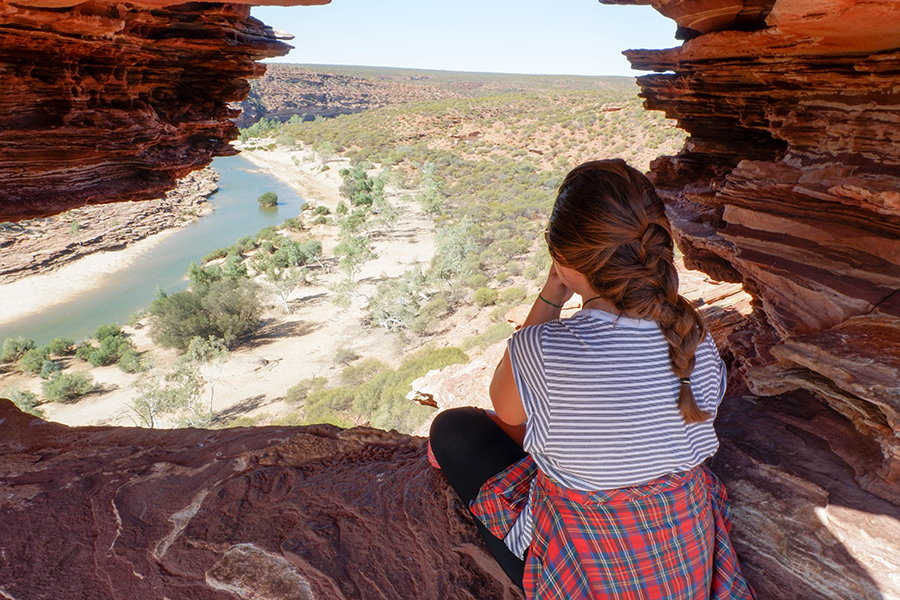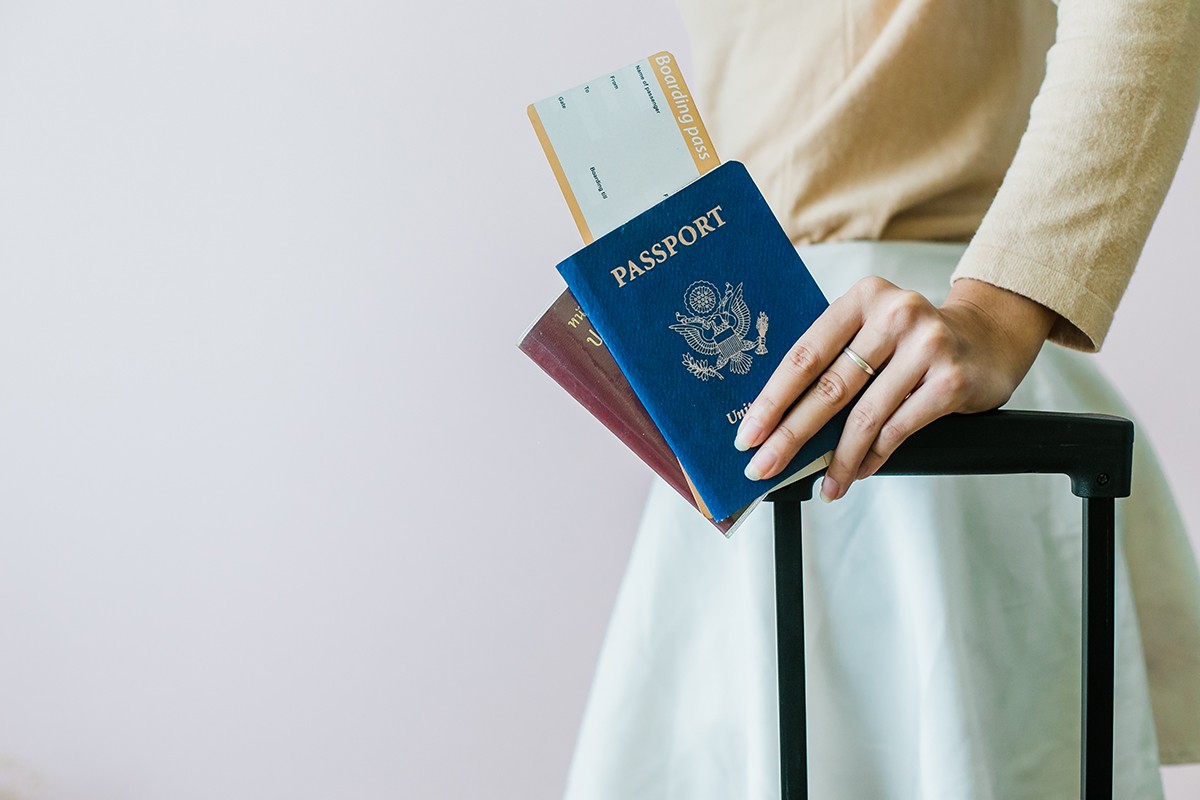Many people are surprised to learn that tourists to Australia – for any amount of time – need a visa.
For many countries, it is a simple e-visa, no embassy visits required – but it’s important to remember to get it well before your trip, as they take a few days to get authorised.
So, if you are planning a trip to Australia, it’s important to think about what visa you need and plan when you are going to get it.
In this guide, I’m going to run you through the process of the most common types of visas, making it simple!
However, if you’d rather an online service help you through the process, using a visa agency like Byevisa.com is also a great alternative.
Step one: what visa do you need?

First things first, how long are you going to Australia for? If it’s just for a holiday for up to three months, all you need is a 601 ETA visa or an e-visitor visa.
601 ETA visas allow you to stay in the country for up to three months and undertake general holiday activities. These are available for people from the USA, Canada, most European countries, and some Asian countries including Japan, South Korea, Taiwan, and Malaysia.
There is no set processing time, but it generally takes around a week from application to receive your visa. This is a multiple entry visa. There is no charge for the visa, but there is a processing fee of 20 AUD.
E-visitor visas are also available for tourists wishing to stay longer. The visa agents may offer a stay of 3, 6, or 12 months to relevant applicants, although they must prove that they have no intention to work or stay permanently in the country. Some applicants to this visa can study or attend business activities in the country.
For those who want longer visas, might want to work in Australia, and are aged 18-30, choose a working holiday visa. This enables the visa holder to stay in Australia and do any job for up to one year, or two years if they complete farm work.
If you’re emigrating to Australia for good, you’ll need to apply for a different type of visa.
Step two: gather your documents

You’ll need a few things to apply for your visa, the most important being a full valid passport with some free pages. Make sure that you have at least six months validity on your passport. If you don’t have a passport with validity, you can normally get an express replacement delivered.
Another thing to check is that you don’t owe the Australian government any money. If you haven’t visited before, this doesn’t apply to you, but if you have and have any outstanding fines, these must be paid off before a new visa is issued. This includes speeding and parking fines.
Then, it’s time to hit the apply button! Be sure to apply in plenty of time – I’d give two weeks for ETAs, and 3 months for e-visitor visas.
Step three: flying to Australia!

You don’t need to print anything or obtain a visa in any way – your visa will be electronically attached to your passport, so when you enter Australia, you are good to go!
There is a chance that you may be questioned about your intentions in Australia – especially if you have already been to the country and are returning in a short time. This happened to me when I flew into Darwin a month after my working holiday visa ended.
My reason for returning was simply because I wanted to explore the red centre and east coast, which I hadn’t had time for during my working holiday visa (I’d been too busy working!). This was obviously fine, but they needed to grill me and make sure that I definitely wasn’t going to be working. As long as you know that you are on the right visa for what you want to do, you’ll be absolutely fine.
And that’s it! Welcome to Australia, where there are so many amazing places to visit! I’d recommend checking out my road trip around Australia post to get an idea of some of the beautiful spots here.
I hope you love Australia as much as I do!

